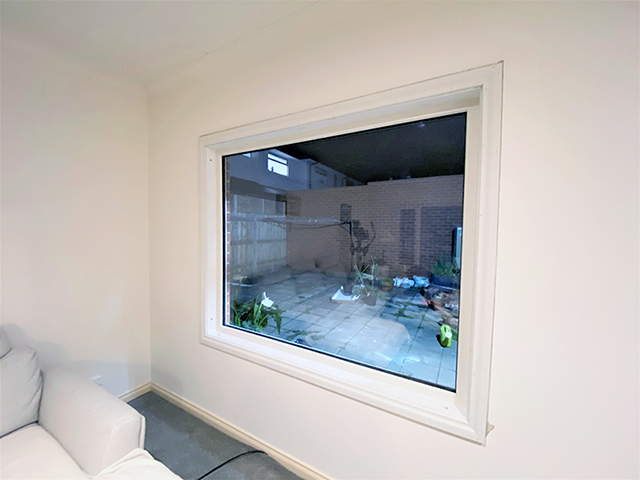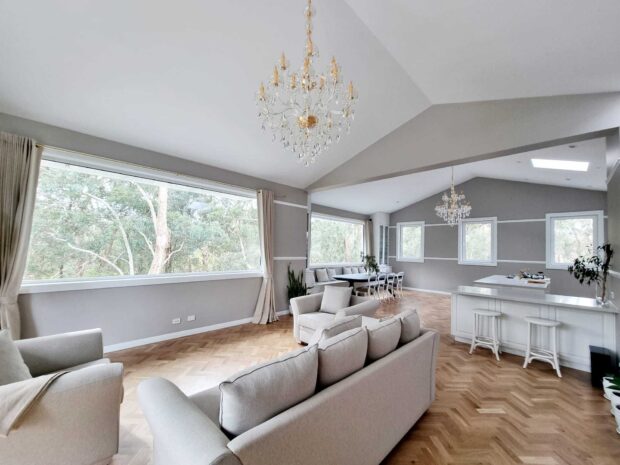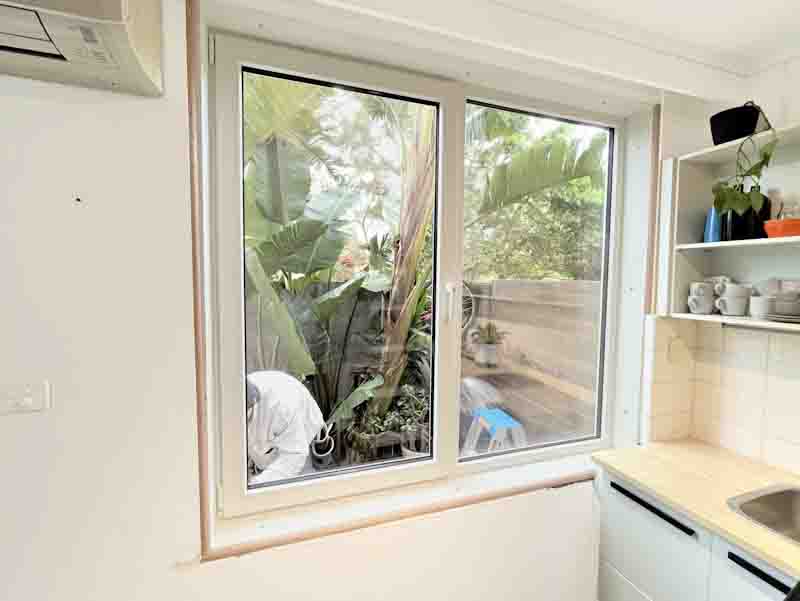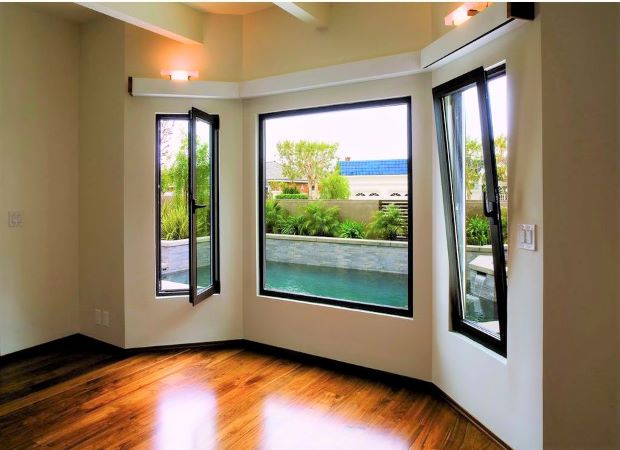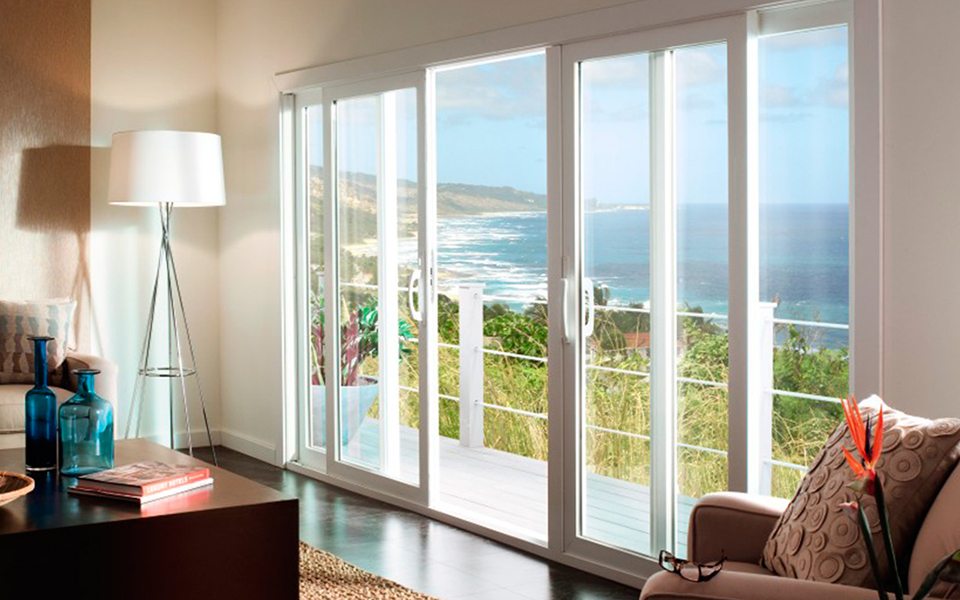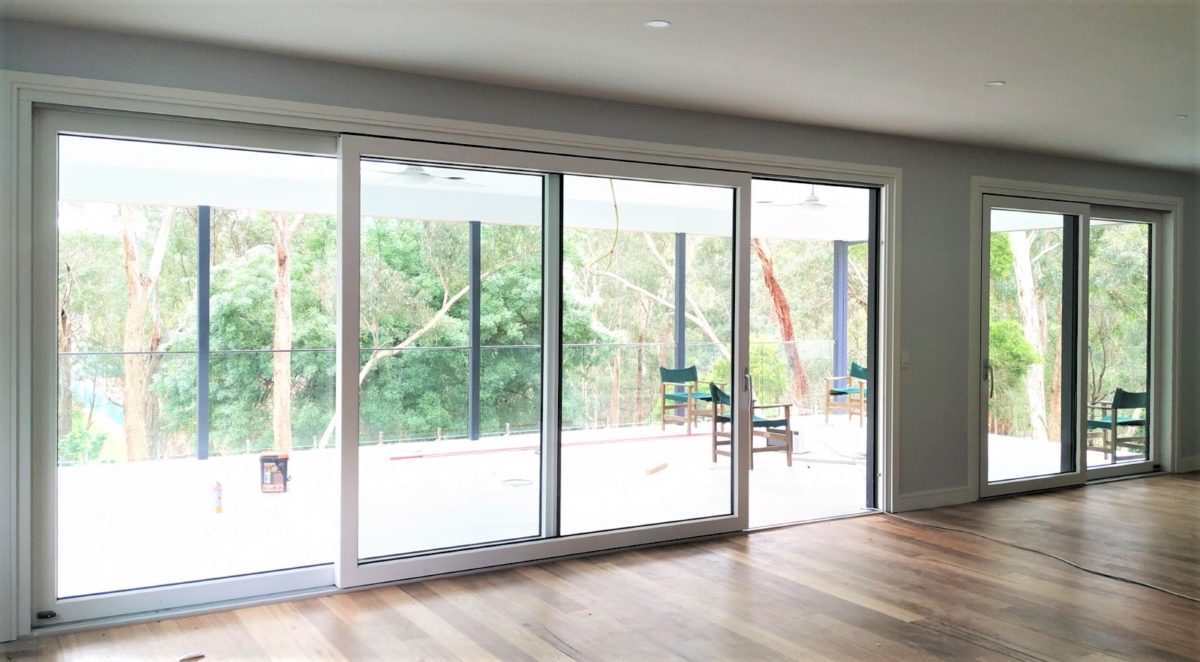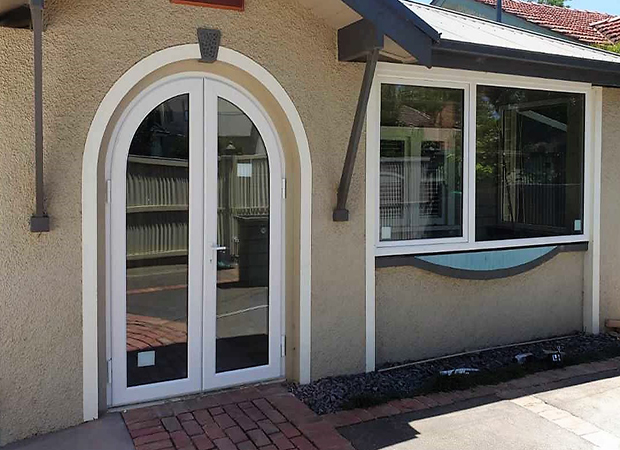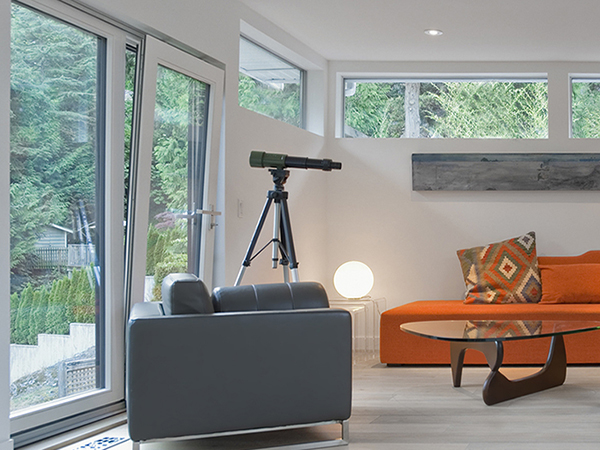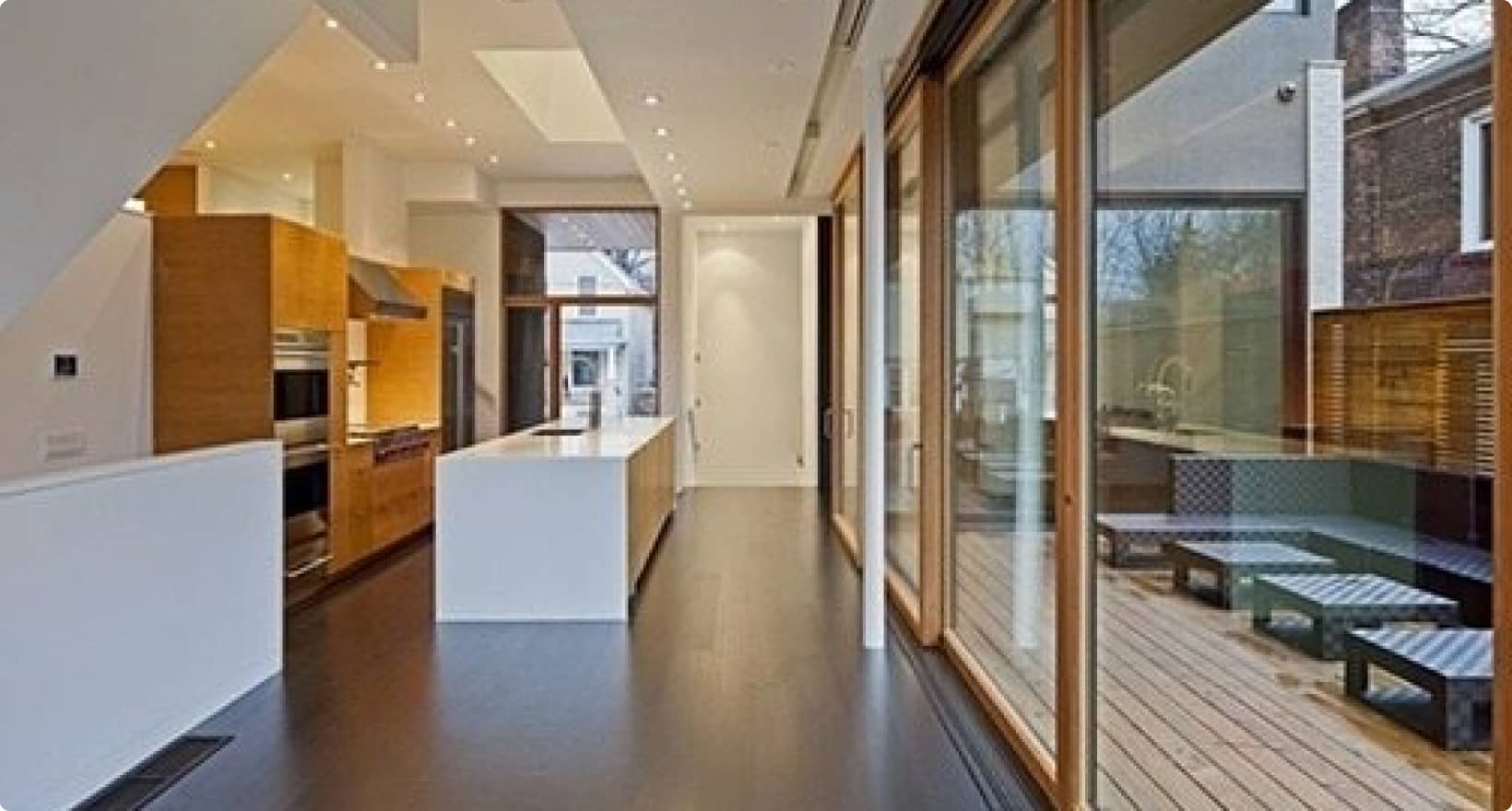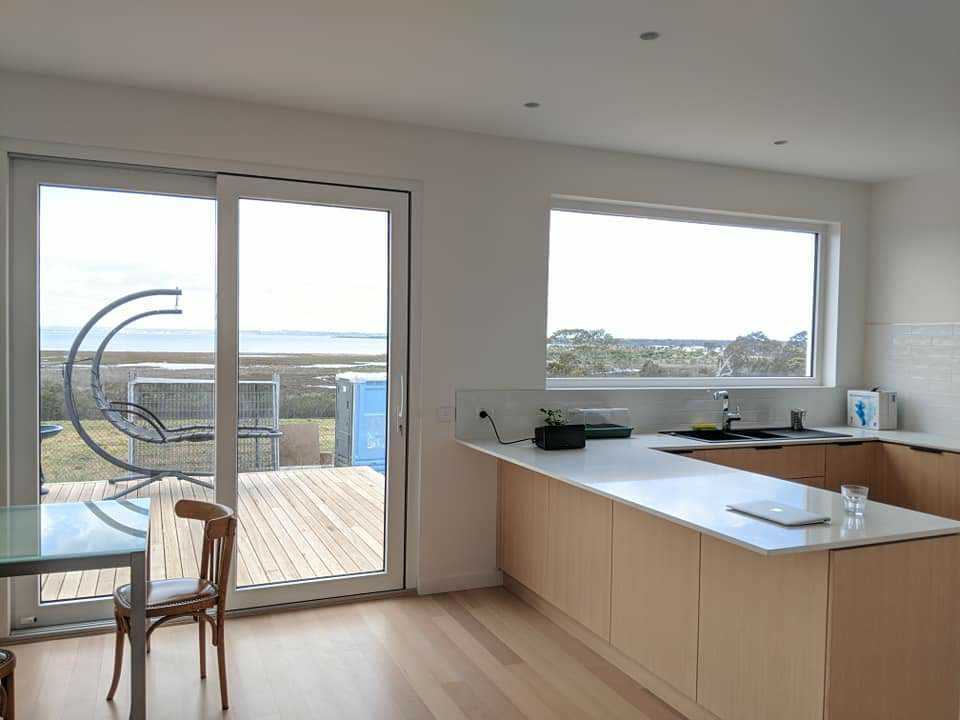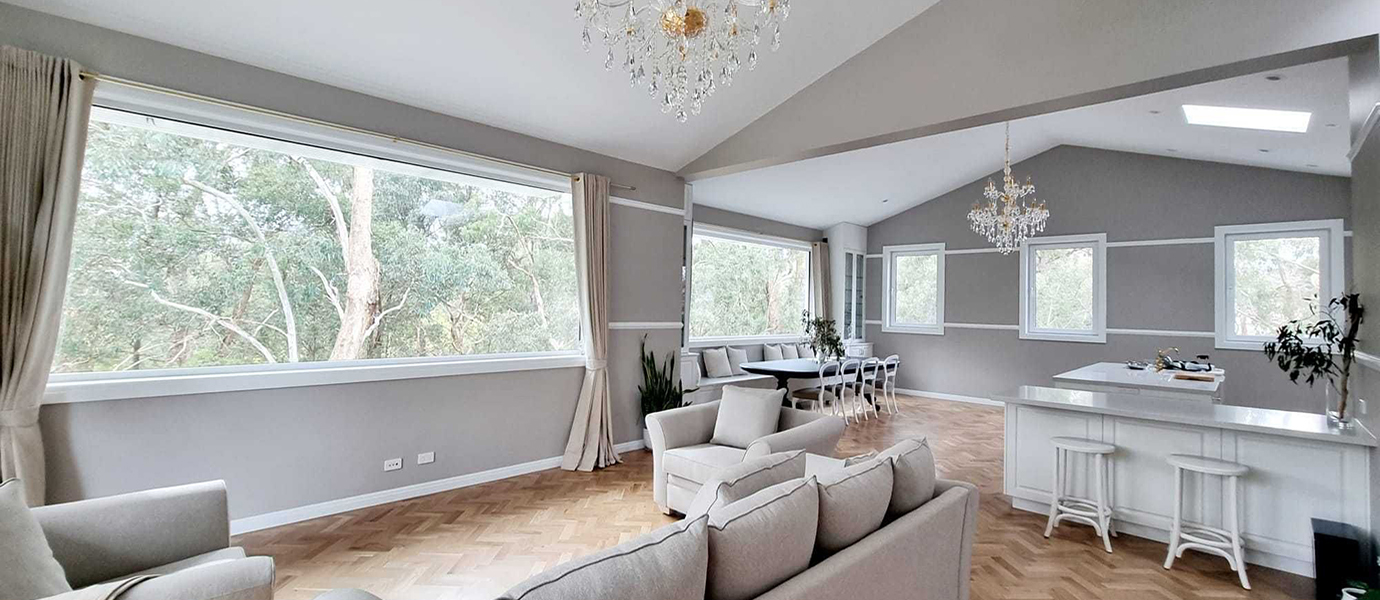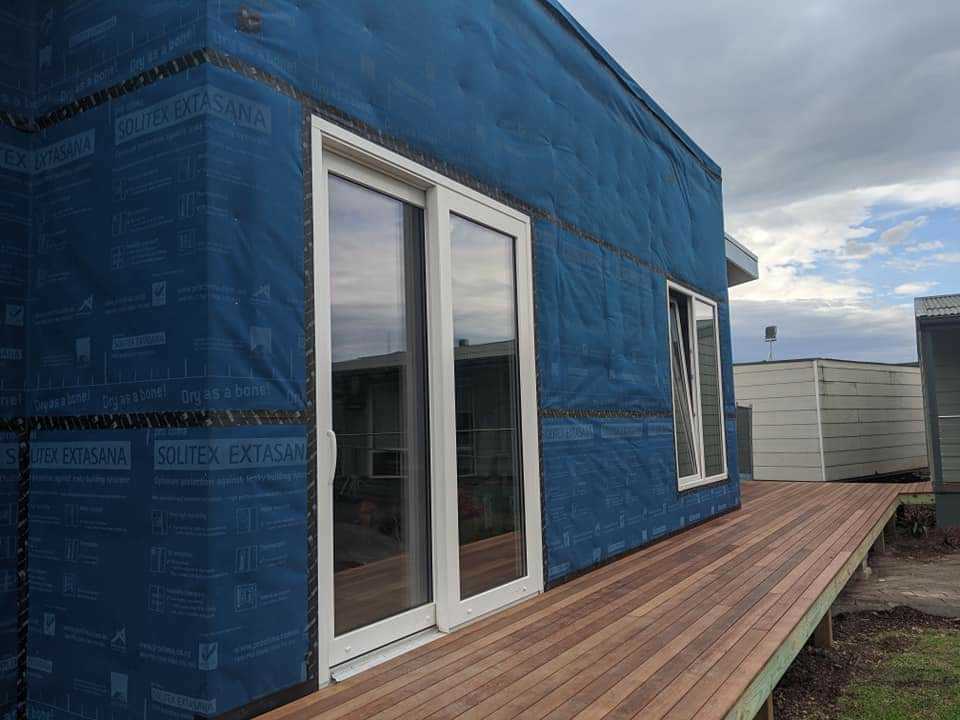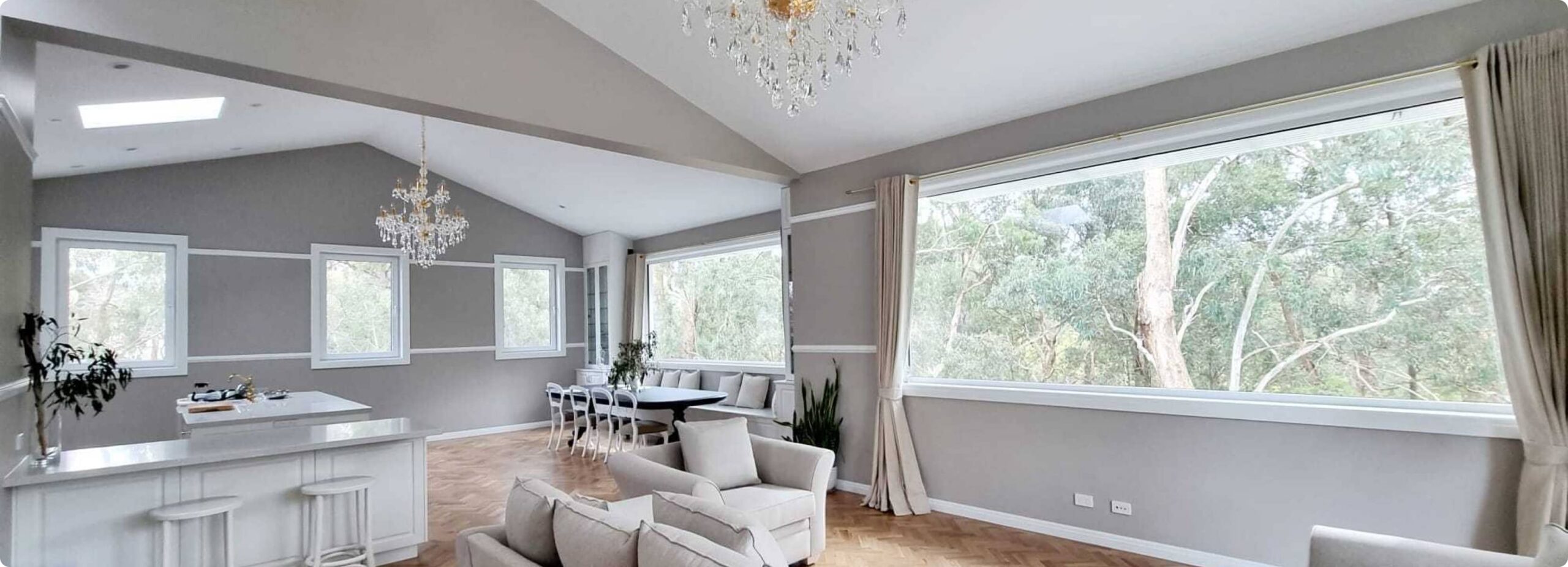U-value – achieving heating and cooling demands.
Windows U-value for Passive Houses consists of more factors than what we typically see in Australia. Apart from frame and glass components that are typically part of the U-value, there are few more values that are considered in the calculation: spacer thermal bridge and frame installation value based on the installation details and frame location in the wall. These two factors can play a significant role in the Passive House as they can be the condensation factor that will mean a failure of the concept.
Here are our details for the values of our items:
Our uPVC windows and doors have a frame U-value of around 1.2 on average (varies for each particular profile setup and combination).
The glass U-value range we recommend based on climate data and requirements is:
- Double glazed with Light Bridge – 1.36
- Triple glazed with Light Bridge – 0.9
- Triple glazed with 2 Light Bridge panes – 0.7
Obviously, warm edge spacer is available for all the glass combinations above with any of the frames.


